
The need for a reliable and expanded power grid in Oregon has never been more pressing. With climate change accelerating and the demand for electricity increasing, the state's energy infrastructure must evolve to ensure a sustainable, clean energy future. The existing grid faces significant
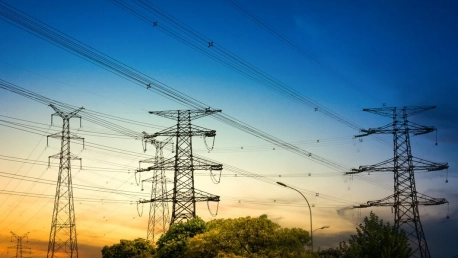
New York State's ambitious environmental targets, as encapsulated by the Climate Leadership and Community Protection Act (CLCPA), have positioned it at the forefront of American clean energy initiatives. While these pioneering policies aim to drastically reduce greenhouse gas emissions, they
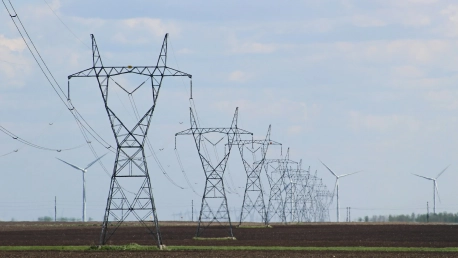
With an eye toward the future and the changing patterns of our climate, Consumers Energy, Michigan's principal energy provider, has taken a bold step forward. The company has announced an ambitious plan, the Reliability Roadmap, which represents a comprehensive strategy to strengthen the
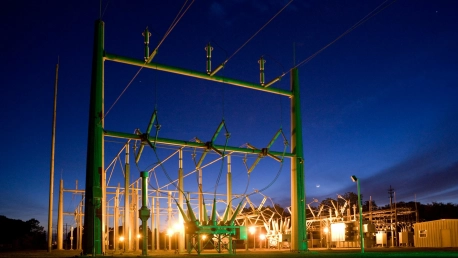
In the face of escalating climate challenges, the California Department of Water Resources (DWR) has unveiled a bold energy initiative poised to transform the state's power landscape. With the heightened frequency of extreme weather events threatening the stability of California's
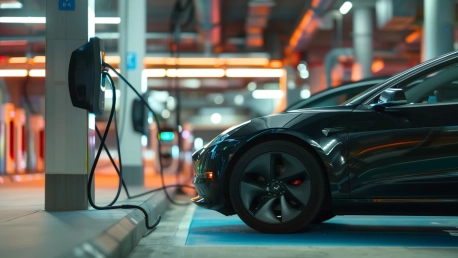
The sphere of energy management is witnessing an evolution that could redefine our relationship with electricity. Leap, a virtual power plant (VPP) leader, and SWTCH Energy, an innovator in the electric vehicle (EV) charging realm, are joining forces. Their objective? To merge EV charging networks
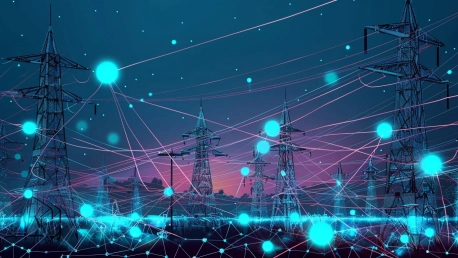
The United States is on the precipice of a monumental shift in its energy dynamics, with an increased thirst for electricity and a decisive pivot towards renewable energy sources. As the nation grapples with this dual challenge, artificial intelligence (AI) emerges as a beacon of innovation,